Do you often feel like your money is running out before the month does? Do you struggle with budgeting and saving? If your answer is yes, have you considered a no-spend month?
No matter how much money you make, it’s hard to keep up with the Joneses in today’s world. We’re constantly being told by peers or social media that we need this or that new thing in our lives. But for those of us who are trying to get ahead financially, sometimes a little restraint is needed. Therefore, a no-spend month can be a great way to save money and begin your journey to better money habits.
If you are ready to take a step towards a new money mindset and start saving money, read on to learn easy no-spend month rules to get you started.
What is a no-spend month?
As the name suggests, a no-spend month is a month-long commitment to not spend money on unnecessary things. A no-spend month can be a great way to kick off a savings goal or help pay off lingering debt. Saving and paying off debt are both essential steps if you want to become financially free.
Even more importantly, a month-long financial detox can help you to understand a lot about yourself and your spending habits and weaknesses. Ultimately, it can trigger a mindset change that will aid you in making smarter money moves long term. For example, a month without spending can help you to:
- Break the cycle of living from paycheck to paycheck.
- Break shopping addictions or eliminate impulse spending.
- Build healthier money habits.
- Become more resourceful and use what you have.
Saying no to toxic coping mechanisms that involve spending money forces you to find cheaper and more sustainable solutions.
Although spending money isn’t inherently bad and can even increase your happiness levels if spent in certain ways, it’s also important to know how to pause and say “no”.
To get you started, I’ve put together a list of seven simple rules for a no-spend month. These tips will help keep your spending in check while saving cash!
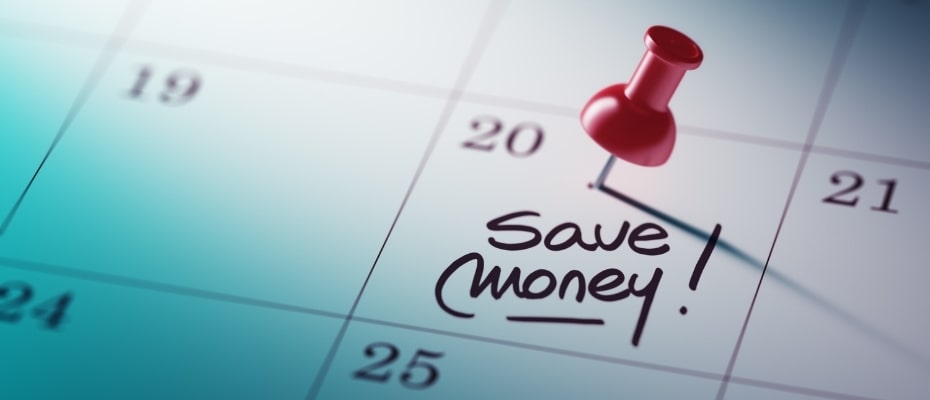
What are the rules for a no-spend month?
Before starting a no-spend month, it’s important to set up clear rules that you’ll be committed to for the month. The rules can vary depending on your needs and savings goals. However, the rule of thumb is that you can only spend money on essential needs and give up any wants. To simplify this, here’s a list of things you can and cannot spend on:
Allowed spending during a no-spend month includes necessary spending like:
- Mortgage/rent
- Utilities
- Groceries
- Insurance
- Internet/phone
- Fuel for your vehicle or necessary public transportation
- Pet food/litter
Items to cut during a no-spend month:
- Leisure activities/entertainment
- Restaurants/bars
- Fast food/coffee shop
- New clothes
- Beauty services/products
- Anything else that’s not essential (i.e. a want vs a need)
7 tips to start a no-spend month
In addition to the basic rules on how you can and cannot spend your money during the month of your financial fast, let’s go through some further rules and tips that will help you create a manageable action plan. Here are seven great tips to start your no-spend month.
1. Figure out your motivations and goals for the month
Saving money for the sake of saving doesn’t work for most of us. So the first step is to get clear on why you want to do a no-spend month before you start. Ideally, write it down somewhere, and get specific.
How much money would you like to save? What bad financial habits are you trying to break? Or even better; think about what your goals mean for your future and set long-term goals.
For example, do you want to financially prepare for a baby? Or save for a wedding? Or do you want to break a bad spending habit to become debt-free? Or perhaps you want to use this spending detox to build an emergency fund.
Either way, everyone has different reasons for trying a no-spend month so make sure you set your goals before starting.
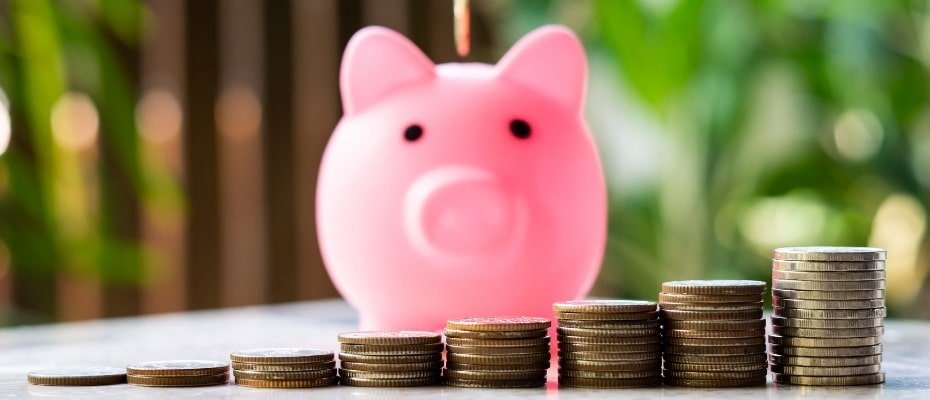
2. Establish your own no-spend month rules
In addition to the basic rule of only spending money on essential items, think if there are any other no-spend month rules you will want to stick to. Adding your own rules can give you back some control and make the no spend challenge more fun.
Are there exceptions, such as purchasing fresh groceries like dairy and bread? Are you ready to cut out treats and snacks such as sweets, biscuits or alcohol? Will you be freezing subscription services such as Netflix and Amazon Prime? Can you only pay with cash or a debit card and avoid credit cards?
Make a list of what’s an acceptable way of spending money and what’s not, and make sure you follow the list.
When picking a set period of time for your no-spend challenge, be realistic about your upcoming commitments and spending patterns. December is often tricky due to the holiday season, and months with vacations, birthdays, or other prior commitments can also pose challenges. January challenge is a popular choice but the ideal month will depend on your specific financial situation and what’s coming up on your calendar.
3. Get your friends and family involved
The key to a successful no-spend month is not only cutting back on your monthly outgoings but also being mindful of the temptations that you may come across. Your close circle can have a big impact on this. Therefore, make sure that everyone in the household is on the same page. Your partner and family must understand and agree to the goals so that they can play along.
And why not get friends involved too? For example, have friends over for dinner or drinks instead of going out. This will make it easier to resist the urge to spend money at restaurants and bars. Or you can get your friends involved too by hosting a potluck party where everyone brings something. Who knows, this might even motivate your close friends to try a no-spend month too!
Further to having your friends and family supporting you, sharing your money goal with others can actually help keep you accountable and more motivated towards your goal.
Related: How to navigate finances as a couple

4. Identify your spending triggers
A no-spend month gives you a good opportunity to understand your spending habits and where your money usually goes on a daily basis. There is a psychology behind every habit. If you want to break your bad spending habits and create better ones, then understanding this psychology can be very helpful.
For example, if you are addicted to online shopping or tend to give up on impulse purchases and offers, here are a few tips that can help you:
- Clean out your inbox by opting out of any offer emails from the most tempting retailers.
- Disable credit card auto-fills on all online shopping sites for a month.
- Delete shopping apps and make a list of websites to avoid.
- Avoid going to shops when you’re upset or hungry to avoid feeling-based purchases.
- Make a shopping list when doing grocery shopping to avoid impulse purchases.
If you are interested in learning more about spending triggers and how to avoid them, I recommend reading my articles about retail psychology tricks and psychological tactics ecommerce stores use to make you spend more.
5. Be resourceful
Another good thing about a no-spend month is using up what you already own. If you want to get the most out of your challenge, don’t stock up before you start. That would just defeat the purpose.
Another advantageous aspect of a no-spend month lies in its ability to encourage the utilisation of existing resources and creativity. To maximise the challenge’s effectiveness, resist the urge to bulk-buy groceries beforehand, as this contradicts the core principle.
Instead, engage in thorough meal planning, taking advantage of any seasonal or discounted items at the grocery store. This also allows you to use the forgotten treasures you might discover during your pantry, cupboard, and freezer inventory. While decluttering this excess, consider using any gift cards or loyalty points you have accumulated. Additionally, leveraging supermarket cashback apps can further enhance your savings while adhering to the spending restriction.
Don’t forget, exploring free resources like recipe websites or community gardens (if available) can further contribute to your culinary creativity during this challenge period.
And remember, a no-spend month doesn’t have to be solely focused on saving money. It’s also a chance to reconnect with loved ones and explore the many free and fun things available in your community. Take advantage of free things such as museum days, organise game nights with friends, go for nature walks, or simply enjoy a picnic in the park. The possibilities are endless!
6. Use the time to get stuff done
If you’re used to browsing websites for deals or scrolling through social media, filled with luxury items and the latest gadgets, a no-spend month offers the perfect opportunity to replace those habits with productive activities.
This is a great time to clean out your wardrobe and closets, declutter and organise your belongings. Don’t hesitate to donate, throw away, or even sell anything you no longer need. This process can be both liberating and potentially generate some extra income for your savings fund.
A no-spend month is also a great time to start a side hustle that can help boost your finances. This could be anything from freelance work to selling crafts or baked goods. A successful side hustle can not only supplement your income but also add valuable skills and experience to your repertoire.
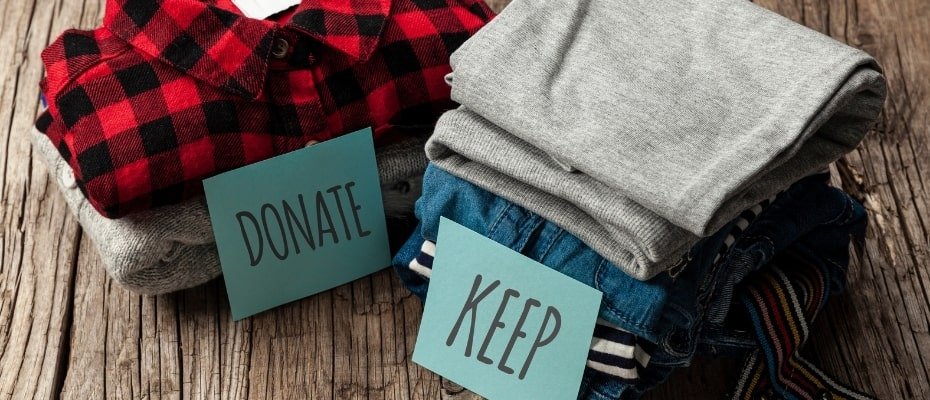
7. Track your spending and progress
Make sure you keep track of your progress throughout the entire month. When you defeat temptation, it’s a good idea to write it down. Write down the items you decided not to buy and how much you saved by not buying them. Or when you find a way not to buy something you usually do, track that too. These small successes will help you stay motivated.
Once the month is over, calculate how much you’ve saved and ensure you move the amount to a high-yield savings account and toward debt payments. This way you won’t get tempted to spend it!
Finally, review your achievements at the end of the month. Compare the saved amount against your original no-spend month goal. Did you hit it? If you did, congratulations! And if not, take some time to identify why not and what you could do better next time.
Healthy spending habits beyond a no-spend month
A no spend month can be a good challenge to save some extra money. But it can be very easy to see it just as that, a short-term spending challenge. You might want to go back to your normal spending patterns after the month is over without considering what happens next. In fact, you might even spend more than before the no-spend month to make up for the things you missed.
A no-spend month is an interesting way to see where your day-to-day spending goes. It can also help you identify your unnecessary or even toxic spending habits. But what you really need is a more permanent solution to keep your finances in check.
If you’re considering a no-spend month, try to look at it as an opportunity to implement a total reset on your money mindset, unnecessary spending and limiting money beliefs. Don’t end the month and go straight back to your old spending habits.
You might be surprised to learn that you don’t really need all the stuff you think you do. So, instead of ‘no spending’, try something new: ‘mindful spending’. Stop before pulling your wallet out and really consider whether or not it’s worth it. This will help you in the long run and aid you in making smart choices on how you spend your money on the things that matter most to you.
Related: 6 Money saving trends that can help you grow your savings
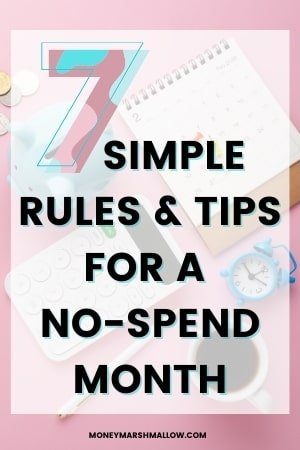
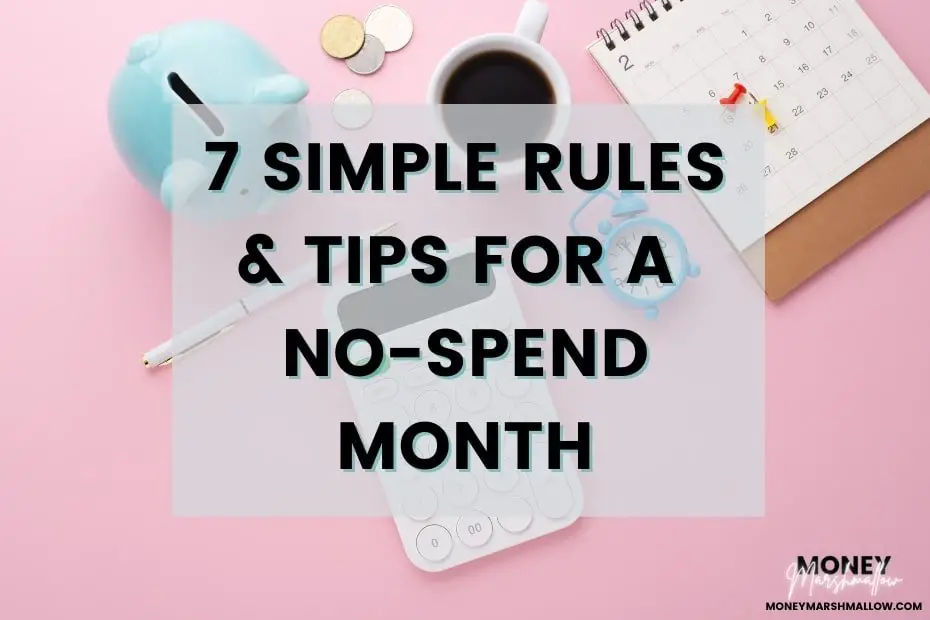
Great article on money! I’ve a little over spending problem so this is a good reminder to not spend money on unnecessary things!
Yes absolutely, it’s good to stop for a bit before buying something and think if the purchase is actually necessary. Can save a a lot especially if you tend to make impulse purchases! 🙂
this is hard for me and my hubby but we need to! thank you for sharing.
Agreed, saving is not always easy but a no-spend month might help you to get to a right mindset if you are struggling otherwise 🙂
Such a great post. I’ve done no spend months many times in my life. I just call them spending freezes, but I really do spend nothing but essentials when I do one. I even really limit my trips to town, so I don’t spend so much in gas.
That’s great, thanks for your comment! I bet the spending freezes have helped you save quite a lot! 🙂
I’ve done no spend days but never a whole month! Good article! Thx
Great list! I feel like a lot of people talk about a no-spend month, but they don’t set the clear guidelines- this is super helpful and makes it a lot easier to be successful. Thanks for sharing!
Thanks for your comment Erin! I totally agree with you, setting up clear goals and rules is key to success (whether it was a no-spend month or anything else in life).
Ooh, you really inspired me to start a no-spend month! This is something I really need to save some money. My spending trigger is ice cream if it counts. And Aliexpress… I need to uninstall it ASAP. IF only we could uninstall ice cream… 😀 😀
I’m with you on that, it’s not easy to quit sweet treats 😉 I don’t think it’s necessarily to fully give them up for a no-spend month though, but it’s certainly good to be mindful of how much you spend on it 🙂
I’ve successfully completed a no-spend month, and it’s challenging (I loved it…my teenagers, not so much! Ha!)! I especially love your recommendation to identify spending triggers…so important and a big pitfall if you’re not prepared! The savings are so worth it, though, and it allows you the time to get other things done and appreciate what you have. Thanks for these great tips! 🙂
Thanks for your comment and sharing your experience, Lindy – and congratulations for completing a no-spend month! 🙂
Tracking the progress and seeing how far you’ve come is such a great motivation for times when you get tempted to buy something. Love these tips 🙂
Thanks, Ivana! Tracking saving progress is definitely important to stay focussed and motivated with a no-spend month.
This article is so informative and gives great tips!
Thanks for your comment, glad you found the no-spend month rules and tips useful! 🙂
Roosa – completely agree, the no spend month is an awesome way to get started with good saving habits!
It may not be sustainable long-term as it’s important to treat yourself, but it’s a great way to kickstart good habits and get rid of old ones, like living paycheck to paycheck.
As you mention, it’s important to track your progress. It takes a little bit of time and effort to get into the habit of tracking this, but as you say, seeing small wins will help you stay motivated.
Do you use any templates to track your progress, and if so, which one(s) is/are your favorite?
Jani, Frugal Fun Finance
frugalfunfinance.com